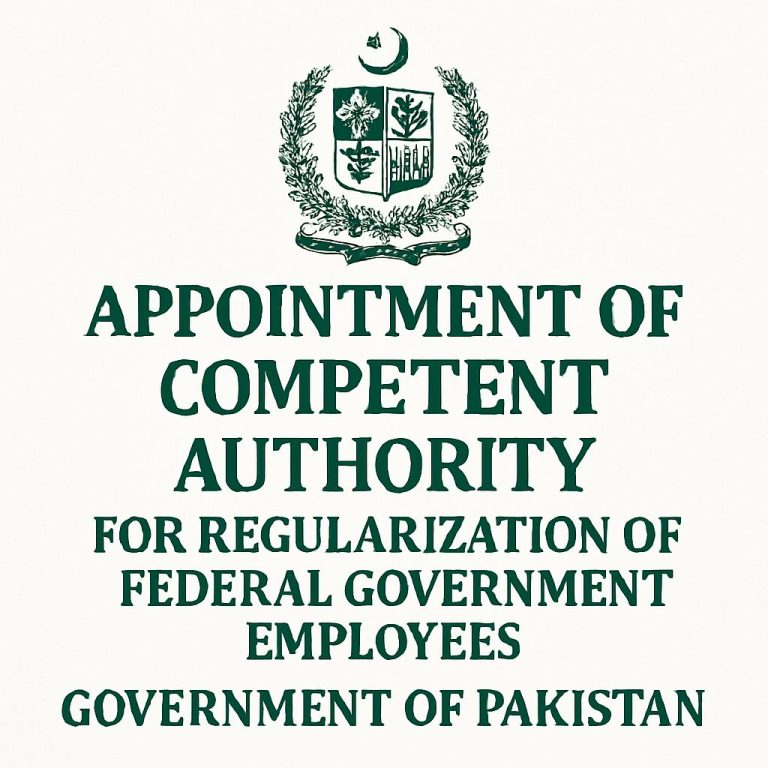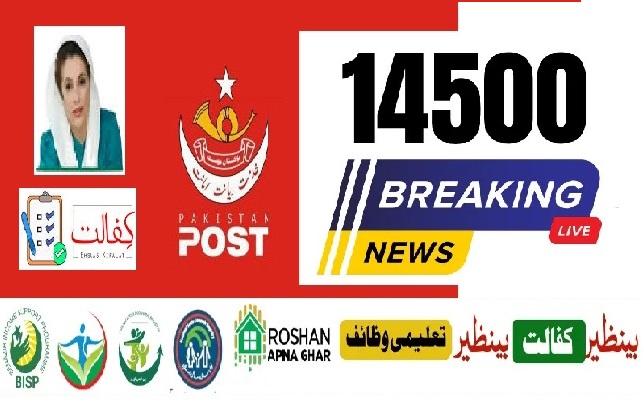
Pakistan Federal Budget 2025–26: A Strategic Blueprint for Economic Revival
Pakistan’s federal budget for the fiscal year 2025–26, presented by Finance Minister Muhammad Aurangzeb, outlines a comprehensive strategy aimed at stabilizing the economy, enhancing revenue generation, and fostering sustainable growth. With a total outlay of Rs18.9 trillion, this budget reflects a 30% increase from the previous year and aligns with the International Monetary Fund (IMF) guidelines to ensure fiscal discipline and economic stability. Reuters+2The Asian Politico+2Dawn+2
Key Highlights
1. Revenue Targets and Tax Reforms
- Tax Revenue: The Federal Board of Revenue (FBR) has been tasked with achieving a tax collection target of Rs12.97 trillion, marking a 38% increase from the previous year.
- Non-Tax Revenue: Non-tax revenue is projected to reach Rs4.8 trillion, bolstered by dividends from the State Bank of Pakistan and the petroleum development levy.
- Tax Policy Adjustments: The budget introduces several tax policy changes, including:
- A uniform capital gains tax rate of 15% for filers and 45% for non-filers.
- Removal of sales tax exemptions on luxury goods and hybrid vehicles.
- Increased advance withholding tax on non-filer retailers, wholesalers, and distributors to 2.5%. The Asian PoliticoSAMAA TV+1Eurasia Review+1Eurasia Review
2. Expenditure Allocations
- Current Expenditure: Estimated at Rs17.2 trillion, a 21% increase from the previous year, primarily due to higher interest payments on debt.
- Development Expenditure: Allocated Rs3.8 trillion, with Rs1.5 trillion earmarked for the Public Sector Development Programme (PSDP), focusing on infrastructure and social development projects.
- Defense Expenditure: Set at Rs2.1 trillion, reflecting a 14% increase to support national security initiatives. Dawn+1The Asian Politico+1Eurasia Review
3. Economic Growth and Inflation Projections
- GDP Growth: Projected at 4.8% for the fiscal year 2025–26, driven by reforms in key sectors.
- Inflation: Targeted to decrease from 12% to 7.5%, aided by fiscal and monetary measures. SAMAA TV
4. Sectoral Focus
- Export-Led Growth: The budget emphasizes boosting exports, particularly in textiles, with a target of USD 35 billion by 2030. Measures include:
- Incentives for value-added textile exports.
- Reallocation of tariffs from luxury goods to export incentives.
- Agriculture: Introduction of tax reforms in the agriculture sector, including a 45% tax on agricultural income by 2025, aiming to enhance revenue from this traditionally under-taxed sector.
- Banking Sector: A revised income tax rate of 44% for banks, up from 39%, is expected to generate an estimated Rs60 billion, following the abandonment of the proposed tax on banks’ profits from government debt. Geo NewsReutersFinancial Times
5. Debt Management and Fiscal Deficit
- Interest Payments: The budget allocates over Rs10,000 billion for loan interest, highlighting the significant burden of debt servicing.
- Fiscal Deficit: Projected at Rs9,655 billion, necessitating stringent fiscal discipline and structural reforms to manage the deficit effectively. SAMAA TV
Strategic Implications
The 2025–26 budget represents a pivotal step towards economic stabilization and growth. By aligning fiscal policies with IMF guidelines, the government aims to restore investor confidence, enhance revenue generation, and promote sustainable development. Key strategies include:
- Tax Reforms: Broadening the tax base and enhancing compliance to increase revenue without overburdening existing taxpayers.
- Export Promotion: Implementing measures to boost exports, particularly in value-added sectors, to strengthen foreign exchange reserves.
- Infrastructure Development: Investing in critical infrastructure projects to stimulate economic activity and create employment opportunities.
- Debt Management: Prioritizing debt servicing while exploring avenues for reducing the fiscal deficit through efficient expenditure management.The Asian PoliticoGeo News
Conclusion
Pakistan’s federal budget for 2025–26 outlines a comprehensive approach to addressing the country’s economic challenges. While the path to recovery is fraught with challenges, the proposed measures provide a framework for achieving fiscal stability, promoting growth, and improving the livelihoods of the Pakistani populace. The success of these initiatives will depend on effective implementation, political consensus, and continued support from international financial institutions.





